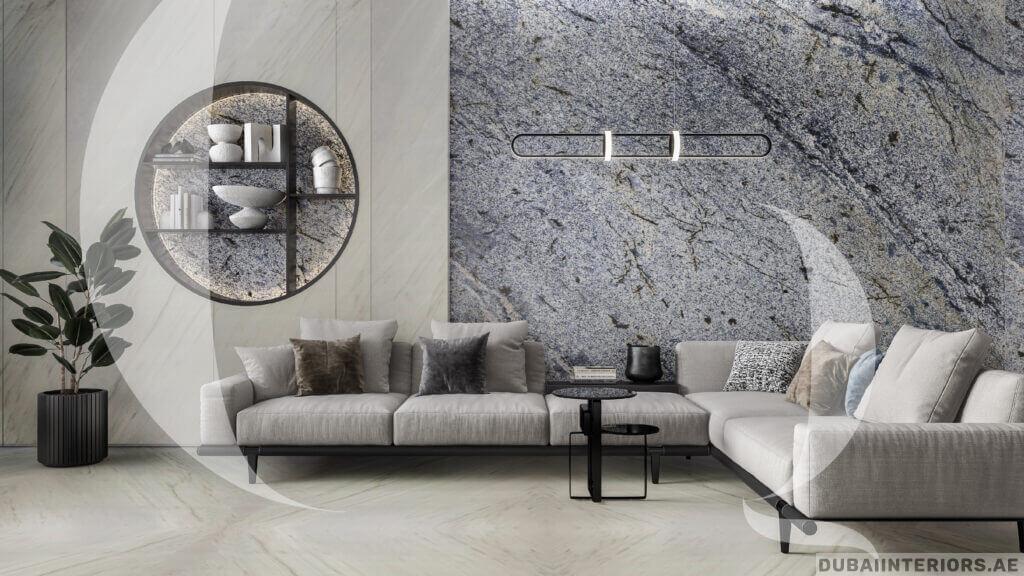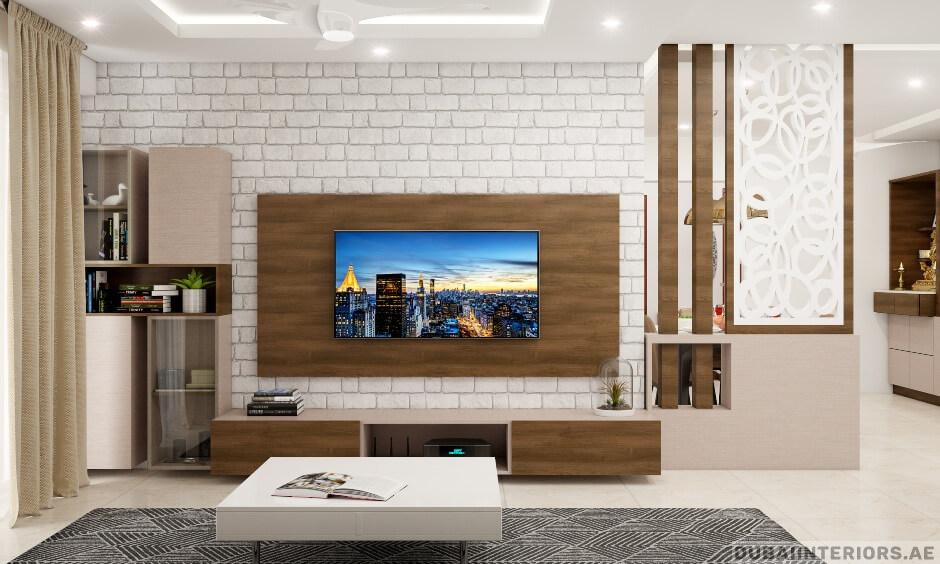
Wall Cladding
Wall cladding is an excellent method of shielding the outer walls of a house from the damaging effects of weather and other irritants. Walls can be clad in any material by adding a second layer to them. That might be a fantastic choice for our interior walls.
Is a house makeover in your future? Can you see a difference between what your walls looked like a year ago and now? Next question: will you be painting your house? There are other options besides paint, of course. Most of the possibilities that would work well in your house aren’t widely known about. To that end, Wall Cladding, an increasingly fashionable substitute for painting, deserves our attention. This doesn’t imply you should skip painting the walls, though; the primer is essential. If you’re looking to spice up your home’s aesthetic, though, one of these cladding choices is a great way to experiment with something different. Also, there are numerous ways to update your house without breaking the bank.

What is Wall Cladding?
Wall cladding is an excellent method of shielding the outer walls of a house from the damaging effects of weather and other irritants. Walls can be clad in any material by adding a second layer to them. That might be a fantastic choice for our interior walls.
Wall cladding is a technique where one material is put over another to form a secondary protective and aesthetically pleasing layer over the walls. Walls exposed to the sun, wind, snow, and severe rain nearly always have cladding installed to shield them from the elements. It not only insulates, but also improves the aesthetics of a room.

Is Wall Cladding effective by adding a layer of extra protection to your home?
Cladding your walls is a great way to shield them from the elements, including the sun, wind, rain, humidity, and heat. The coating also serves to prevent the walls from fracturing or cracking.
How can you maintain wall cladding once your install it?
After the cladding has been put, there is minimal upkeep required. The cladding should be washed once or twice a year, but how often is up to you.
Is Wall cladding insulable?
A wall with cladding on its exterior has an additional layer of insulation. It keeps the house cool in the summer and warm in the winter by blocking the transfer of heat. The additional insulation can perform wonders in terms of energy savings and bill reduction.
How many variety of Wall cladding are available in the market?
You can customise the look of your home to match your personality by working with any of the many available materials. Whether you’re going for a sleek contemporary design with stainless steel cladding or a more traditional feel with natural stones, the possibilities are endless.
Why choose us?
Dubaiinteriors.ae. The easiest to clean, stain-resistant, moisture-resistant, and good finish features make our interior design firm one of the most sought after in the industry. Our team is completely qualified and prepared to handle wood wall cladding, stone wall cladding, and stone wall cladding, providing you a selection of options to choose from that are suited to your specific needs. Our experience spans many years. We will guide you in making the best possible choice that takes into account both your preferences and your finances. By utilising our wall cladding in Dubai, you can provide your home, place of business, hotel, or any other location with an updated and modern appearance. Because the colours on your walls have started to become less vibrant, have you given any thought to renovating your home? Have you given any thought to painting your house? Then painting is not the only option available to you. Wall cladding constitutes the vast majority of the design options that could make your house appear more appealing. When you’re working with us, there’s no chance you’ll make a mistake.
FAQ's
(FAQs)
What is wall cladding?
Wall cladding refers to the process of covering the exterior or interior walls of a building with materials such as wood, metal, stone, or composite panels to enhance aesthetics, insulation, and protection.
Why is wall cladding important?
Wall cladding serves as a protective barrier against weather elements, provides insulation, and enhances the visual appeal of a structure. It also helps in reducing maintenance costs.
What materials are commonly used for wall cladding?
Common wall cladding materials include wood, vinyl, brick, stone, metal (such as aluminum or steel), and composite materials.
How do I choose the right wall cladding material for my project?
Consider factors like climate, desired aesthetics, budget, and maintenance requirements when selecting the appropriate wall cladding material.
Is wall cladding only for exterior walls?
No, wall cladding can be used for both exterior and interior walls. It’s often used in interior spaces to create decorative features.
What are the benefits of using wall cladding?
Wall cladding can improve insulation, increase energy efficiency, protect against moisture, and enhance the overall appearance of a building.
How do I maintain wall cladding?
Maintenance requirements vary depending on the material used. Generally, it involves periodic cleaning and, in some cases, repainting or sealing.
Can wall cladding be installed on existing walls?
Yes, wall cladding can often be installed on existing walls with proper preparation. However, it’s important to consult with a professional to assess the feasibility.
Is wall cladding environmentally friendly?
Some wall cladding materials, such as reclaimed wood or sustainable composites, can be environmentally friendly. Research eco-friendly options if this is a concern.

